Photography is an adventure and provides continual challenges and new opportunities. So I am using this post to reflect back over the year to remind myself of the issues I faced through out this year so I can learn from my mistakes and successes.
- Chemistry with long shelf life does go bad. I had a batch of Pyrocat HD developer that suddenly stoped working and gave me very thin pinkish negatives. I called the maker and found that the batch had been made 5 years ago. Mixing your own chemistry is not hard and has minimal health hazards if you take proper precautions. The cost is small when you consider you may lose important (to you) images.
- Camaraderie has upsides and down sides when shooting LF. I helped start a loose organization for LF enthusiasts in the area. Working with other LF photographers creates an atmosphere where ideas can be exchanged and collaboration on an image can improve it or expand your repertoire and working knowledge. Critiques among friends will help you identify weaknesses in your techniques and practices. The downside of working with others is that you have to arrange times and locations which may not be ideal for you. One has to overcome the competition mode of thinking and just do their own work even if shooting the same subject from roughly the same location. With a large group of photographers you can get in each others way and possibly miss opportunities of the light. People work at different speeds and familiarity with equipment. I also have to try harder not to “coach” others (unless asked) which is my natural tendency.
- Paper and developer really does affect the outcome of the final printed image. With limited experimentation I was able to finally see why warm-tone paper is called such. It’s not that the paper is brown in tone but the blacks are not as dark and the overall tonality is softer and requires different processing or developers to enhance or overcome the tonality.
- Toning – I showed silver/grey vs brown toned images to friends and colleagues to get their feedback which they like better. The non-photographers always prefer the silver tones. Women like the softer brown tones but not the red-ish browns (which I like). This is from a small sample of people and since I work mainly for my own pleasure I will likely still sepia tone most of my images and continue experimenting.
- Shoot it when you see it. I missed some opportunities that would have been great images had I taken the extra time to stop and take the image rather than telling myself I’ll comeback another day. Even if the scene does not change you may not get the same light or feeling it gave you when you first saw it. Procrastination is not the photographers friend.
- Revisit target rich environments. Going back to a place you had success before breeds familiarity and lets you go beyond the automatic shots you capture the first time. Since you already have the primary shots taken care of you can explore details or try different techniques to improve upon your earlier attempts.
- I don’t enjoy shooting 135 format anymore. I find I take a lot of unnecessary frames and loading spiral reels is not my forte. I think I would enjoy working with digital more in smaller gear formats, but the cameras I want are very expensive and electronics will eventually fail. I am considering medium format for pano use and more casual shooting, but there is still that reel loading issue.
- Cheap tripods come with cheap heads which may not be as stable as one would need. Buying quality gear also helps cut down on clutter in the closet.
Feel free to add your photography life lessons in the comment section below.
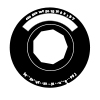
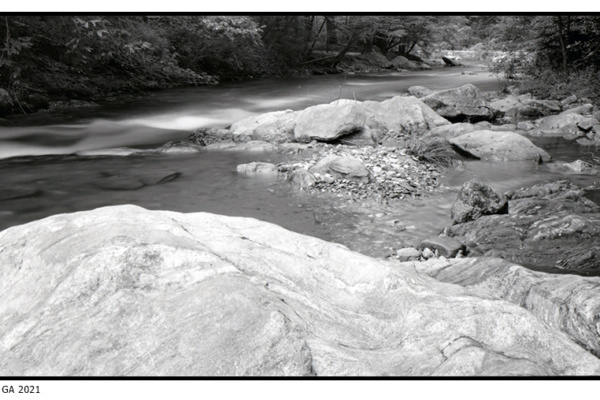
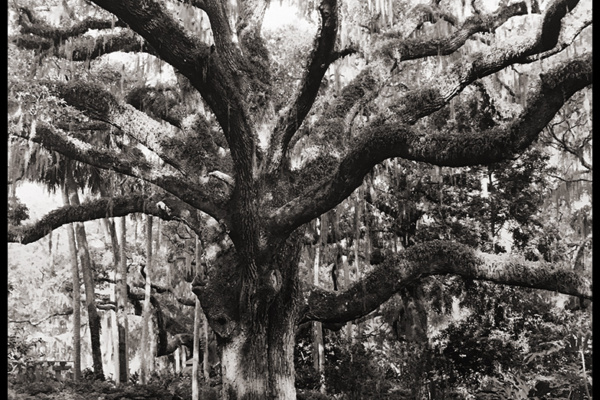
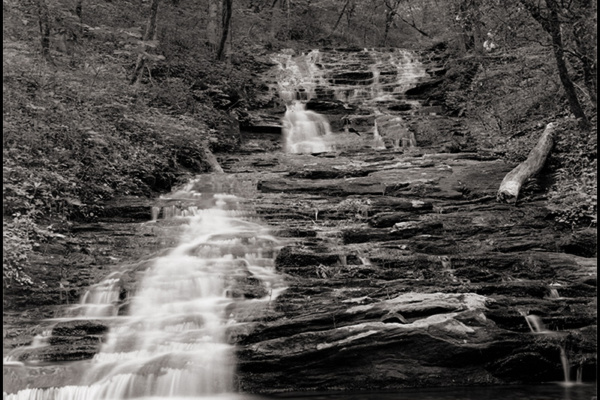
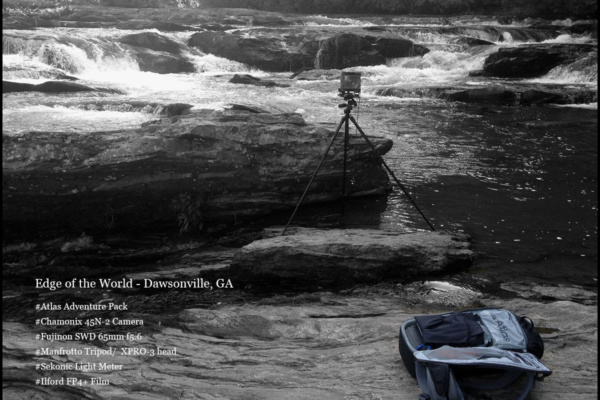
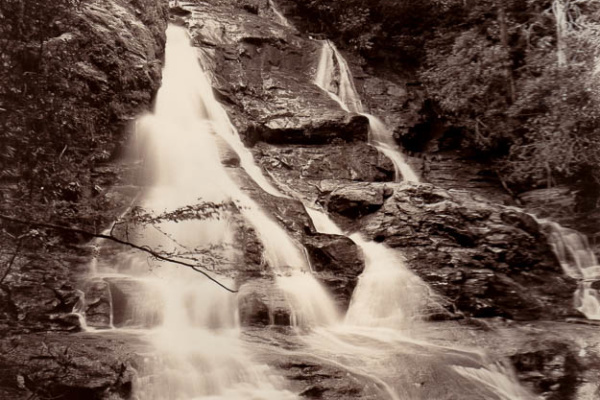
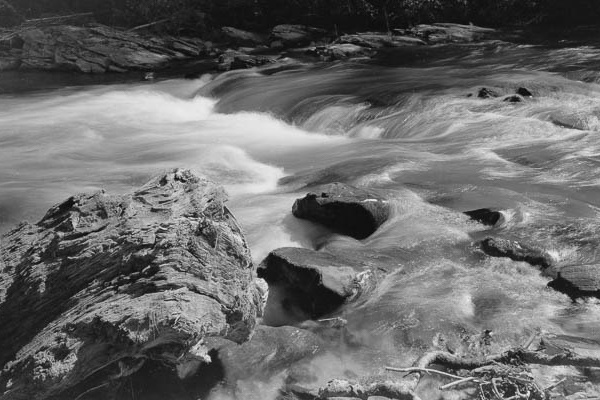
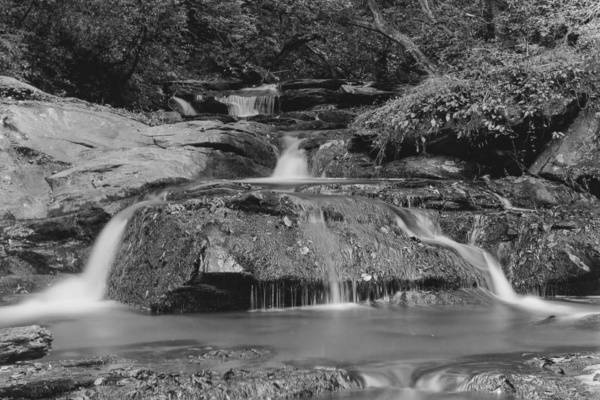
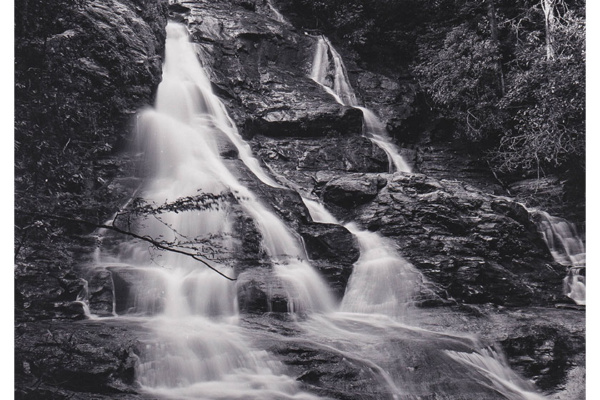
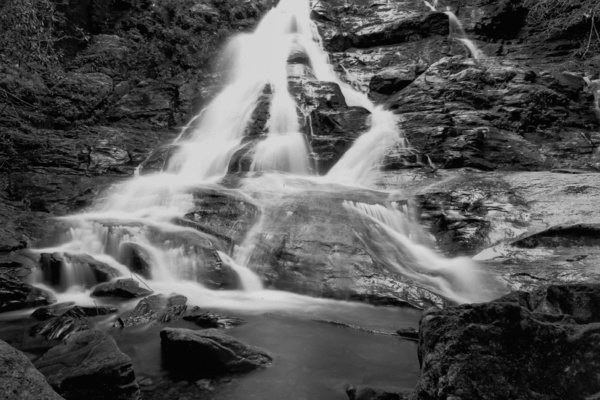
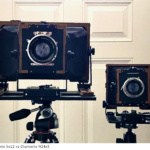 First outing with Chamonix 5×12 and Shimoda Backpack
First outing with Chamonix 5×12 and Shimoda Backpack Mt. Charleston Loop Nevada
Mt. Charleston Loop Nevada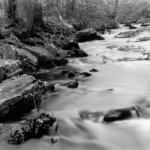 Frogtown Creek III
Frogtown Creek III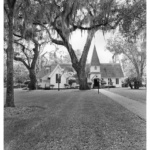 Spring Break 19 St. Simons Island and Jekyll Island
Spring Break 19 St. Simons Island and Jekyll Island
On the issue of reels, it sounds like you may be using steel. If so, switching to a Paterson(-style) system might eliminate the headaches. And if that’s all it takes . . . why not?
Thanks for the input, but I have tried both over the years and always have film damage. I was hoping Lab Box would have come out by now but they seem to be taking forever. There is also the matter of altering the enlarger to switch between 4×5 and smaller formats.